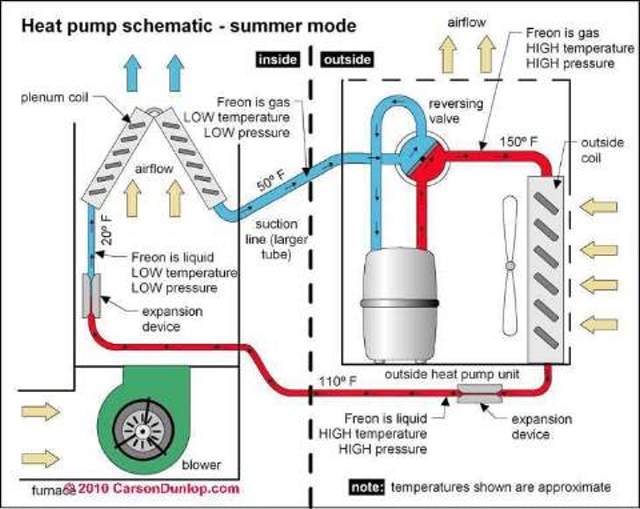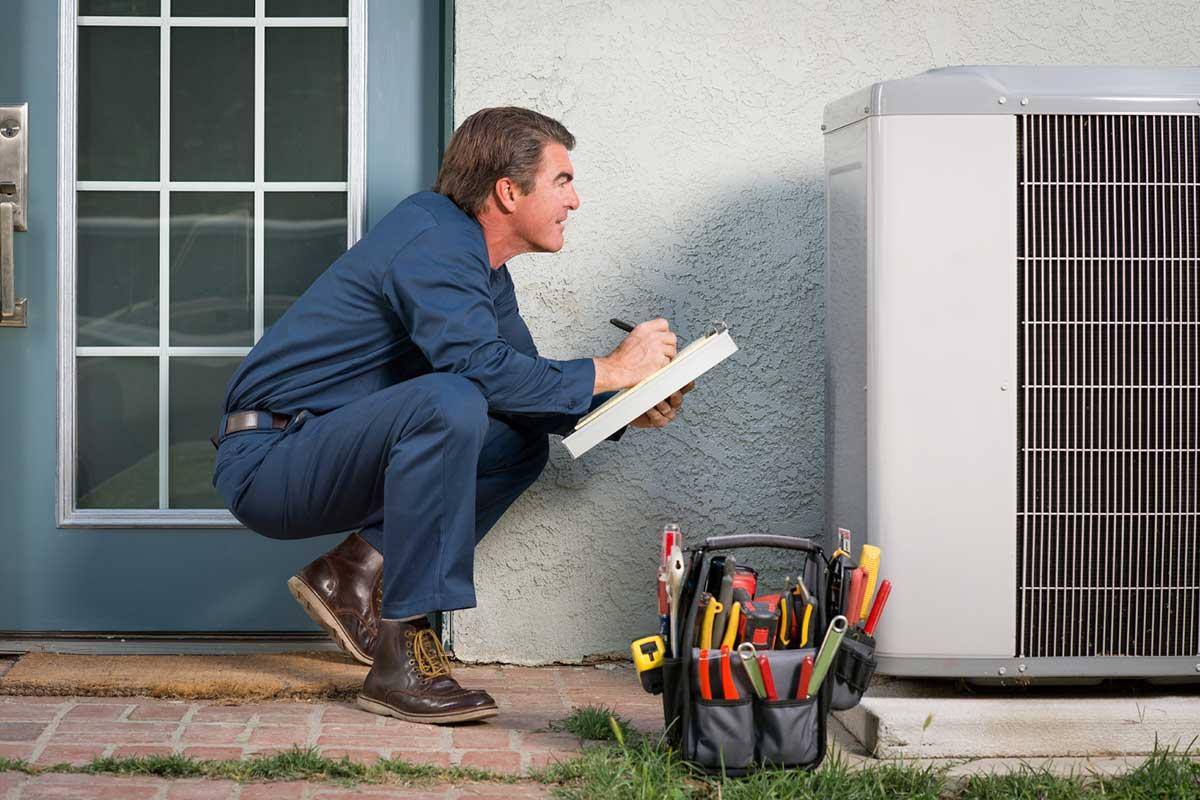Have you ever before asked yourself why a/c setup in high-rise buildings offers one-of-a-kind challenges?
The complexity surpasses simply cooling down the areas successfully. From maneuvering limited area restrictions to addressing upright distribution challenges, each facet calls for careful planning.
Yet what about the structural considerations and making certain availability to electrical power for these systems?
These are just a couple of pieces of the challenge that make tackling cooling setup in high-rise buildings a complex undertaking.
Secret Takeaways
- Tactical tools positioning and sound control are vital in high-rise AC installments.
- Effective ductwork routing and upkeep accessibility guarantee optimal heating and cooling performance.
- Security, weight distribution, and adherence to building regulations are important for architectural integrity.
- Power efficiency, accessibility, and seamless integration improve a/c system functionality in high-rise buildings.
Space Restraints
When mounting a/c in high-rise buildings, you may come across area constraints that call for careful preparation and ingenious remedies. Minimal accessibility to specific locations can pose a challenge throughout setup. To tackle this, customized tools and creative maneuvering might be necessary to navigate through tight rooms and get to the marked locations for mounting the air conditioning units.
Additionally, in high-rise buildings, noise control is important to ensure the comfort and health of owners. The confined spaces and proximity of domestic systems in these buildings enhance the effect of noise created by a/c systems. Carrying out soundproofing actions, making use of quieter tools, and tactical placement of parts can aid alleviate sound disturbances for residents.
Upright Circulation Difficulties
Discovering the intricacies of high-rise buildings, specifically when it come to vertical circulation, offers unique challenges for cooling installation. Ductwork obstacles project in high-rise frameworks, where transmitting air ducts up and down through multiple floorings can be complex. Installation logistics become crucial, as coordinating the placement of ductwork and equipment in a way that guarantees effective air flow and temperature control throughout the building is vital.
Upkeep accessibility is an additional considerable worry when it concerns vertical distribution in high-rise buildings. Making sure that HVAC systems are quickly obtainable for regular maintenance and repair work is crucial for lasting functionality. In addition, the logistics of equipment transport to higher floorings posture a challenge. Relocating hefty air conditioning systems, ductwork elements, and various other materials up upright distances calls for cautious planning and coordination to assure safety and effectiveness.
Structural Considerations
Considering the structural integrity of high-rise buildings is vital when intending air conditioning setups. Skyscrapers are created to support certain weights, and adding air conditioning systems can influence the total weight circulation. It's critical to abide by constructing codes to ensure that the additional weight from the cooling and heating devices does not compromise the building's architectural stability. Building ordinance describe the optimum allowable tons for various areas of the building, consisting of floorings and walls, to prevent overloading.
Correct weight circulation is very important to stop uneven tension on the structure's framework, which could cause structural issues gradually. A/c systems need to be tactically positioned to disperse their weight uniformly and lessen any type of potential stress on particular locations. Engineers have to meticulously examine the building's load-bearing capability and style the a/c setup appropriately to ensure that it satisfies safety and security requirements and governing demands.
Electric Power Availability
To confirm the successful installation of cooling systems in high-rise buildings, examining the access of electrical power is vital.
When reviewing the electrical power accessibility for air conditioning in skyscrapers, consider the following:
- Distance to Source Of Power: See to it that the cooling systems lie near power sources to lessen energy loss and assurance efficient operation.
- Remote Control Capability: Choose systems that provide remote functions, enabling hassle-free tracking and adjustment of the a/c devices from a distance.
- Power Effectiveness Ratings: Prioritize cooling units with high power efficiency scores to lower overall electricity consumption and lower functional costs.
- Back-up Power Solutions: Implement back-up power services like generators or battery back-ups to assure constant operation of the air conditioning systems during power interruptions.
A/c System Integration

When incorporating a/c systems into high-rise buildings, coordinate effortlessly with existing infrastructure for peak performance. Warranty system compatibility by extensively examining the building's layout and existing cooling and heating arrangement. Throughout the installment process, focus on reliable assimilation to maximize the total efficiency of the a/c system.
To accomplish effective a/c system integration, collaborate carefully with designers, designers, and service providers to deal with any type of prospective difficulties. Conduct a thorough analysis of the building's ventilation, ductwork, and control systems to make certain smooth compatibility with the new a/c devices. This aggressive strategy can assist protect against costly rework and delays during the installation phase.
Incorporating HVAC systems in high-rise buildings needs thorough planning and specific execution to guarantee peak functionality. Applying advanced technology and energy-efficient elements can additionally boost system performance and sustainability. By focusing on seamless integration and system compatibility, you can develop a comfy indoor setting while taking full advantage of energy performance in skyscraper frameworks.
Regularly Asked Concerns
Are There Any Kind Of Particular Regulations or Codes That High-Rise Buildings Must Stick To When Putting Up Cooling Solutions?
When installing air conditioning systems in skyscrapers, regulations and security compliance are essential. Certain codes dictate exactly how these systems should be mounted to assure the security of owners. Conformity with these laws is important for the proper functioning of the air conditioning units and to stop possible hazards.
It is very important to follow these guidelines diligently to ensure a secure and effective cooling system within the building.
What Are Some Typical Solutions for Sound Control in A/c Systems in Skyscraper?
To reduce sound in cooling systems in high-rise buildings, think about soundproofing materials and critical positioning to moisten vibrations. Select energy-efficient versions with quieter procedure.
Normal upkeep checks and timely repair work can prevent loud breakdowns. In addition, using variable rate innovation can lower sound levels during low-demand durations.
Exactly How Do Severe Weather Conditions, Such as High Winds or Lightning Strikes, Influence the Installation and Procedure of Cooling Solutions in High-Rise Buildings?
Severe weather conditions like high winds or lightning strikes can substantially affect the installment and operation of a/c systems in high-rise buildings. These climate components can pose architectural difficulties, affecting the stability and performance of the systems.
When facing such conditions, it's important to think about the resilience of the structure's facilities and the toughness of the a/c elements to ensure optimal operating and security.
Exist Any Special Factors To Consider for Including Smart or Energy-saving Technologies Into Air Conditioning Solutions in Skyscraper?
When thinking about integrating clever or energy-efficient modern technologies into cooling systems in skyscrapers, there are some unique considerations to bear in mind. Assimilation obstacles might occur when attaching different systems, and adapting these innovations to function properly in a vertical environment can be tricky.
Nevertheless, energy-saving modern technologies offer wonderful possible for reducing costs and ecological influence. It's important to thoroughly prepare and carry out these options to maximize their advantages.
What Are the Upkeep Requirements for Air Conditioning Equipments in Skyscraper, and Just How Usually Should They Be Serviced?
To maintain your air conditioning systems in skyscrapers running smoothly, routine upkeep is key.
Servicing frequency depends on elements like usage and system complexity. Usually, it's recommended to have your a/c units checked at the very least annually by an expert specialist.
This regular upkeep not only guarantees top efficiency yet likewise helps in keeping power efficiency, conserving you money in the long run.

Conclusion

Overall, installing a/c in skyscrapers offers special difficulties as a result of area restrictions, vertical circulation obstacles, structural factors to consider, electrical power availability, and cooling and heating system combination.
It needs careful preparation and coordination to ensure the system works successfully and effectively in such intricate environments.
By addressing these challenges head-on and dealing with seasoned professionals, structure proprietors can assure that their residents remain comfortable and cool also in the tallest of buildings.
